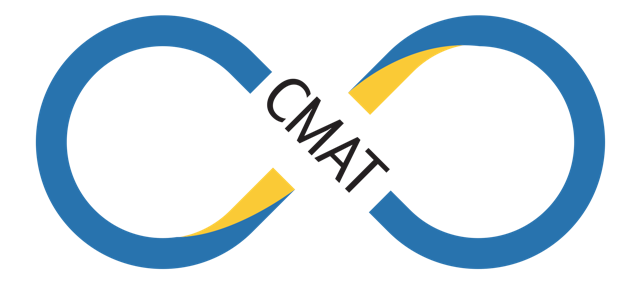2110 Artesia Blvd. B351, Redondo Beach, CA 90278310.310.4948
Center for Mathematics and Teaching Inc.
Advancing struggling students nationwide to mathematical literacy

- About Us
- Professional Development
- Curriculum
- Resources
- Contact Us
- Login
- Log Out